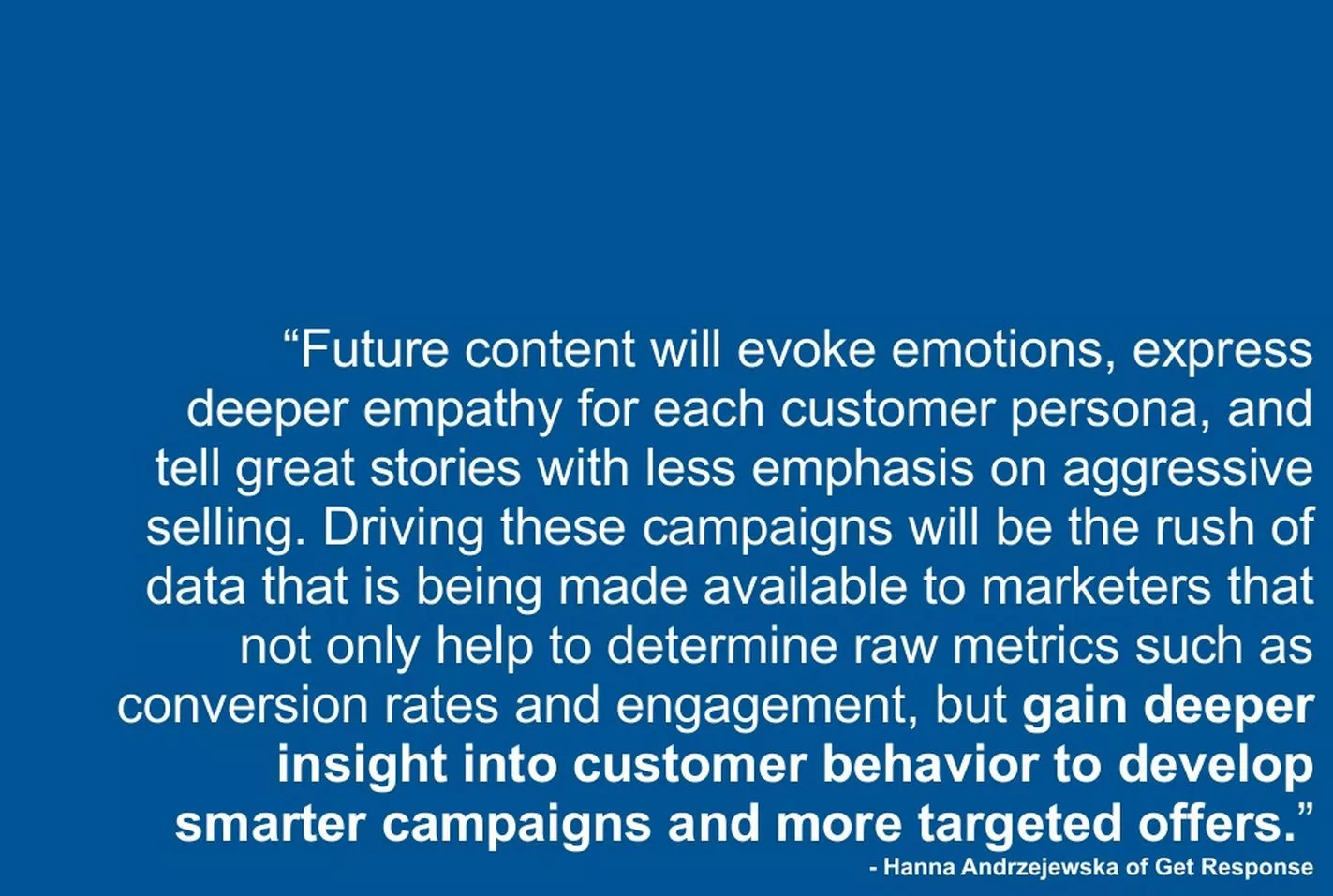“Marketers ruin everything.” Gary Vaynerchuck
Gary is not being a pessimist. He’s just observing what happens when a fresh idea gets overused by marketers. The new idea cycles through countless hands, gets used up, everyone gets sick of it, and it’s thrown in the trash. Most of the time, it rises again in a new form years later.
Emails were great sales tools in the 90's… until every inbox was full of Canadian Pharmacy ploys and Nigerian prince schemes. Old SEO practices became quickly extinct as black hat SEOs used cheap tricks to circumnavigate Google. Content was a great way to build trust, until everyone started pumping out the same boring articles near-verbatim. But practices that work never really die. Emails came back, with a much higher focus on storytelling and quality than before. SEO has taken a more holistic route (f.e. [SEO 2.0]) and is a much more intricate process. Content has gained new dimensions to engage users in novel ways. Even offline marketing is starting to make a comeback. Out of all the marketing tools that have come and gone over the years, it’s content that remains ubiquitous in all its forms. From blogs to social media posts to videos, content is wide-ranging and immortal. It’s only the ways we present and use content that succumb to the familiar cycle of all marketing tactics: a fresh idea for content comes along (companies blogging to inform their consumer base), gets overused, is essentially “ruined” and a new method of content marketing arises to take its place.
Interactive content: your visitors won’t see it coming
Marketers and companies can stay ahead of the game without constantly playing catch-up. Interactive content is a newer concept that hasn’t been too overused, mainly because companies are still busy pumping out generic non-interactive content to mark their place among the “in” crowd. This leaves room for interactive content to get the attention of your consumer base. What is interactive content? Here’s a few examples:
- Interactive videos, where the consumer chooses how the video will progress.
- A calculator that works in conjunction with an article or white paper.
- A shareable quiz, test, poll or question.
- Interactive infographics, white papers, articles, maps or any other form of content.
- Contests, giveaways, sweepstakes and anything that requires consumer participation to enter and win.
Some of these are familiar. Others are pretty novel concepts. But there’s one thing all of these examples have in common: it’s what the average online visitor doesn’t expect (besides maybe contests and polls). Anyway, it should not be scary :)[/caption] With so much generic, spun and outsourced content out there, interactive content is breath of fresh air for consumers engaging with a brand. And since it provides way more value and engagement than a spun article ever could, conversion rates start to climb in the process.
Discover key content marketing definitions in our glossary to elevate your strategy!
Avoiding the bland
When all is said and done, there’s a reason why people are hungry for anything that comes out of the Huckberry Journal, and why generic company blogs with rehashed articles never get the time of day. It’s because quality, context, and knowing your target demo are crucial factors for any piece of content.
- Understand who your audience is. Who actually visits your website most? You should be directing your content specifically at them, not the general populace.
- Understand the context you’re writing in. Depending on the season, holiday, popular events in the media or other contextual factors, your content should adapt to what’s currently trending, making it more relevant. For example, having a Christmas-themed contest on Facebook, or New Year’s Resolution style cost of living calculator that goes along with an article about moving to a new home in 2015.
- Interactive content can be done poorly. Very poorly. We’ve seen it butchered and it’s not pretty. Too much flash, poor visuals, mistake-ridden copy, sloppy interactive videos, and some content having no purpose other than to show off its “interactivity.” Compromise quality and the freshness of the idea doesn’t matter anymore.
- A large chunk of online users are viewing content on their mobiles. So much so that it would be very wise to make sure your interactive content works and looks good on tablets and phones.
And now let's listen to specialists talking about the future of interactive content: 
Interactive content: amazing, if done right
Interactive content is here to stay. Until marketers “ruin” it, of course. It’s exciting, it’s new, and if executed properly (and in accordance with the factors mentioned above), it can be a great way to increase engagement and have your audience gain an appreciation for your brand.
Related Articles
How to Set Up Consent Mode in GA4 on Your Website with Google Tag Manager
Let's explore how to properly integrate consent mode in GA4, configure it for effective data collection, and at the same time comply with GDPR and other legal regulations
Display Advertising Effectiveness Analysis: A Comprehensive Approach to Measuring Its Impact
In this article, I will explain why you shouldn’t underestimate display advertising and how to analyze its impact using Google Analytics 4
Generative Engine Optimization: What Businesses Get From Ranking in SearchGPT
Companies that master SearchGPT SEO and generative engine optimization will capture high-intent traffic from users seeking direct, authoritative answers



